This article was co-authored by Adam Kealing and by wikiHow staff writer, Christopher M. Osborne, PhD. Adam Kealing is a Professional Photographer based in Austin, Texas. He specializes in general wedding, destination wedding, and engagement photoshoots. Adam has over 11 years of photography experience. His work has been featured in Green Wedding Shoes, Style Me Pretty, Once Wed, and Snippet Ink. His work has won numerous awards with Fearless Photographers and Masters of Wedding Photography.
There are 13 references cited in this article, which can be found at the bottom of the page.
This article has been viewed 402,117 times.
Smiling is a universal language, it’s good for your health, and it makes you and those around you happy. So go ahead and make the most of your grin by smiling as much as possible. This article offers lots of good advice for improving your photograph smile, and also includes tips for bringing out your natural smile more often. You’re guaranteed to crack a smile while reading it!
Steps
References
- ↑ https://www.diyphotography.net/seven-tricks-help-smile-naturally-look-great-photos/
- ↑ https://www.diyphotography.net/seven-tricks-help-smile-naturally-look-great-photos/
- ↑ Adam Kealing. Professional Photographer. Expert Interview. 7 April 2020.
- ↑ https://www.diyphotography.net/seven-tricks-help-smile-naturally-look-great-photos/
- ↑ Adam Kealing. Professional Photographer. Expert Interview. 7 April 2020.
- ↑ https://www.livehappy.com/self/reflect-happy-memories-jumpstart-your-mood?nopaging=1
- ↑ https://youtu.be/Y8LwV0qlu1Q?t=81
- ↑ https://www.nbcnews.com/healthmain/how-spot-fake-smile-its-all-eyes-1c9386917
- ↑ Adam Kealing. Professional Photographer. Expert Interview. 7 April 2020.
- ↑ https://www.psychologytoday.com/blog/thriving101/201001/what-science-has-say-about-genuine-vs-fake-smiles
- ↑ https://www.ncbi.nlm.nih.gov/pmc/articles/PMC4190816/
- ↑ http://www.scientificamerican.com/article/smile-it-could-make-you-happier/
- ↑ https://www.psychologytoday.com/us/blog/isnt-what-i-expected/201208/try-some-smile-therapy
- ↑ https://www.mouthhealthy.org/en/ways-to-improve-smile
- ↑ http://news.yale.edu/2003/03/18/women-smile-more-men-differences-disappear-when-they-are-same-role-yale-researcher-finds
- ↑ https://sites.psu.edu/siowfa14/2014/10/21/is-smiling-contagious/
- ↑ http://www.npr.org/templates/story/story.php?storyId=18255131
About This Article
To smile naturally, use your eyes in addition to your mouth, since a genuine smile engages all the muscles in your face. Practice your smile in front of the mirror, looking out for small crinkles around your eyes. Instead of saying “cheese”, say a word that ends in an “ah” sound, which will make you open your mouth slightly while raising your cheekbones. To get in the mood to smile, try thinking about a funny joke, a fond memory, or a loved one. To learn how to become more comfortable with your smile, keep reading!




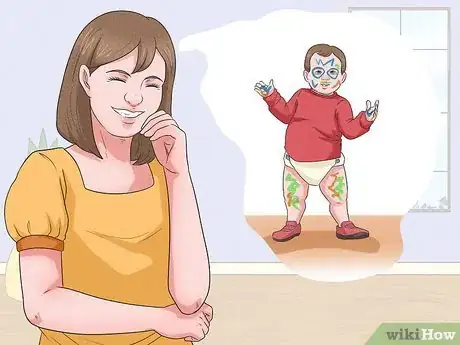
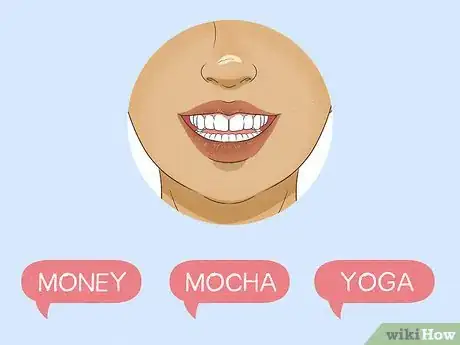
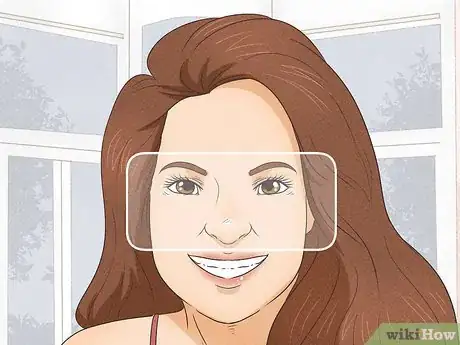
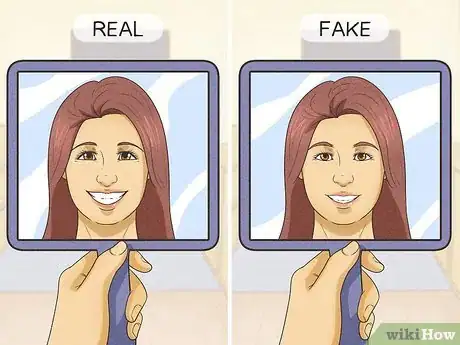
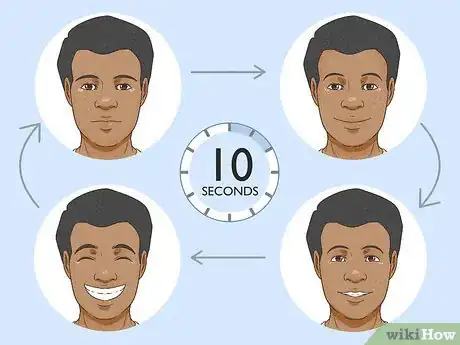
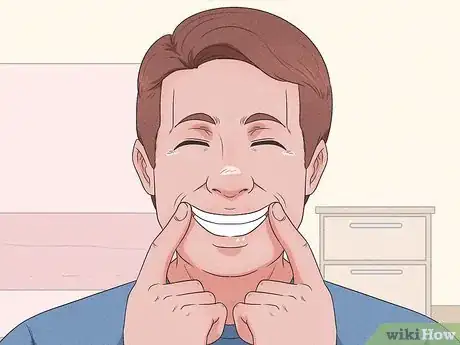
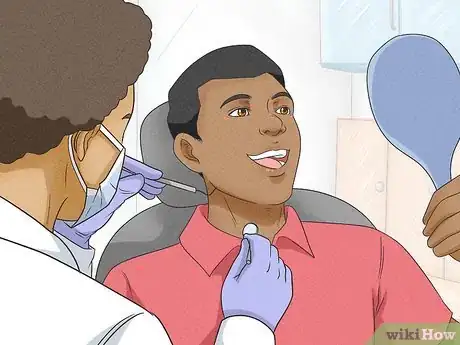




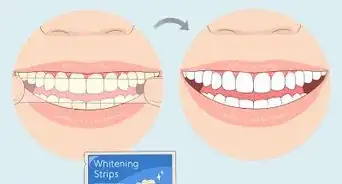




















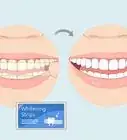



































Medical Disclaimer
The content of this article is not intended to be a substitute for professional medical advice, examination, diagnosis, or treatment. You should always contact your doctor or other qualified healthcare professional before starting, changing, or stopping any kind of health treatment.
Read More...